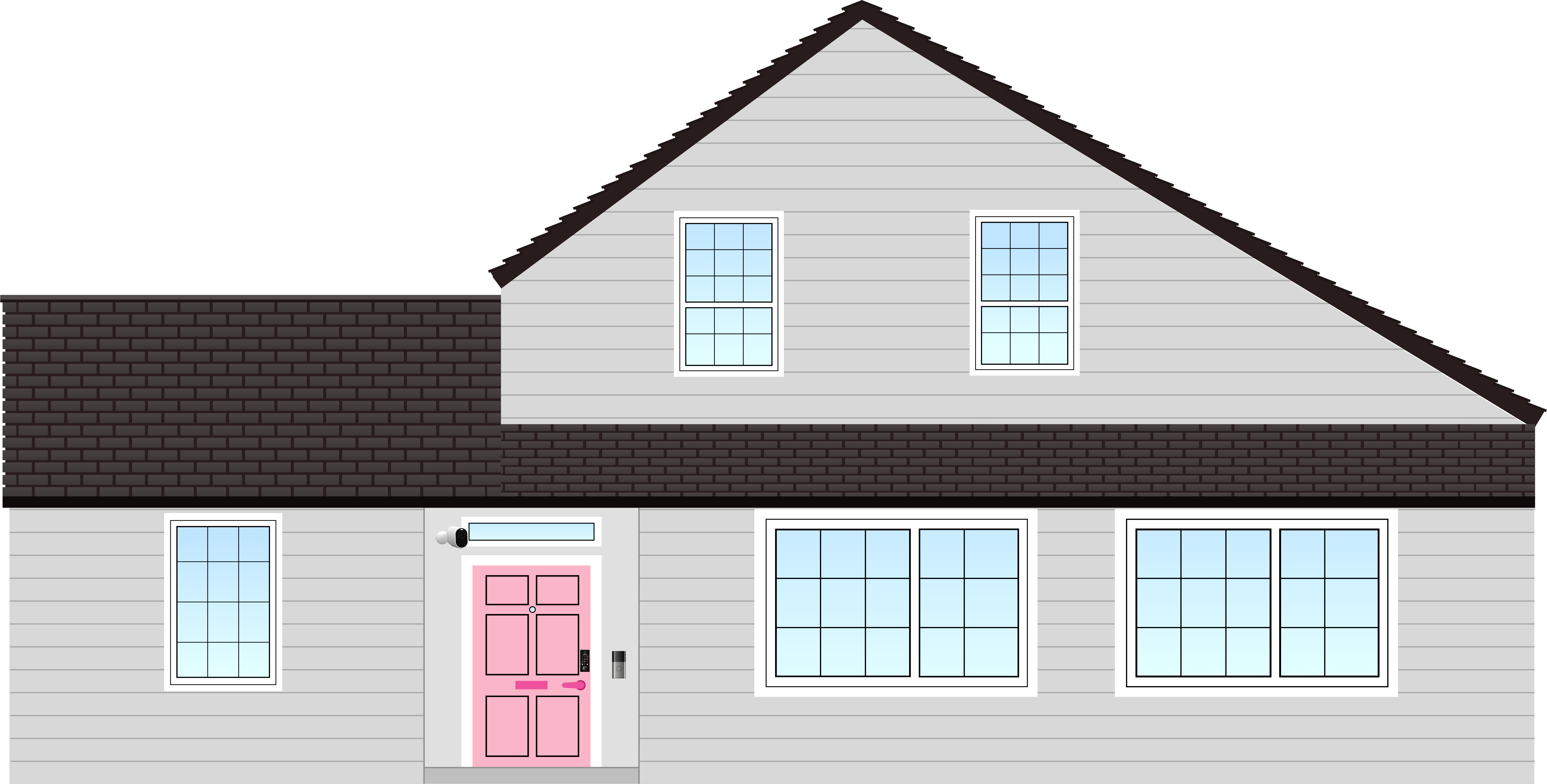Home Tech
A Guide to Keeping Safe
One in four women will experience some form of domestic abuse in their lifetime, and tech abuse is increasingly part of that problem. This is why Refuge has teamed up with Avast. Not only are we trying to raise awareness of this issue, but we want to equip women to mitigate against the potential dangers of these devices in the wrong hands.
This interactive tool is designed to help women spot devices in their homes which could be controlled by an abuser and give them simple advice on how to secure these devices. Note: It may not be safe to make any changes to your devices. If you are unsure please visit www.RefugeTechSafety.org for further advice and guidance or call Refuge’s 24-hour National Domestic Abuse Helpline (Freephone) on 0808 2000 247.
Love it? Embed it on your website or blog
Code copied

If you are being monitored or abused through devices in your home, making changes to these devices could be noticed by the person monitoring you. If you think that making changes to your accounts or devices may put you at risk, please go to our website www.RefugeTechSafety.org where you can find information about securing your tech and keeping yourself safe.
If you are worried and would like to speak to a trained specialist, please contact Refuge’s 24hr National Domestic Abuse Helpline (Freephone) on 0808 2000 247 to discuss your options.

You can find an in-depth guide on securing your Ring Doorbells and how to complete some of the suggested actions noted above at www.refugetechsafety.org
Ring Doorbell/video doorbells
Ring doorbells, like other video doorbells, are designed to allow you to see who’s at the door when you’re not in the property, or don’t want to open the door. It’s a smart doorbell that has a high-definition camera, two-way microphones and a motion sensor. The device will send a notification to the owner’s phone, via the Ring Doorbell app, when someone is at the door. The video function means that the owner of the doorbell will be able to watch who is coming and going, and the audio function allows them to speak to whomever is at the door. This means that Ring doorbells, and other similar devices, can also be misused to monitor who is coming and going from a building.
Top Tips For Ring Doorbells
- 1.To ensure your Ring Doorbell is not being accessed by someone else; make sure only you have admin access to the account and only people you trust can link their devices to the Ring Doorbell. Ensure that only the administrator of the account can make changes to the Ring Doorbell settings. If you don’t have admin access to the account, consider resetting the device to give you control of the admin function if that feels the safest course of action.
- 2.If you do have admin access to the Ring Doorbell, you could also review all other devices connected to the Ring Doorbell in the ‘settings’ area. Linked devices could include Smart TVs, Alexa’s, phones and tablets. Someone may be able to gain access to the doorbell through these devices, so it is important to know what the Ring Doorbell is connected to and remove untrusted devices if it’s safe to do so.
- 3.Consider enabling two-factor authentication via the Ring Doorbell app, to give you additional protection and in so doing ensure other people can’t add their own accounts to the Ring Doorbell. Other smart doorbells will also have this feature.
- 4.Review shared users on your Ring Doorbell app often to check whether any unknown users are linked; this can be done through the app connected to the device and by going to ‘settings’.
- 5.Ensure your WiFi is strong and secure. Continue this virtual tour to learn more about how to best secure your wireless systems.
You can find an in-depth guide on securing your Ring Doorbells and how to complete some of the suggested actions noted above at www.refugetechsafety.org
Love it? Embed it on your website or blog
Code copied
We Surveyed 2000 People To Find Out The Domestic Abuse Around Cyber Attacks
48% of women were unable to name a single device they believed could be vulnerable to abuse, increasing to 60% for those over the age of 55.
66% of women would not know where to get information to help secure the devices in their home if they felt they had been compromised by an abuser – rising to 79% for those aged 45 and over.
Only 64% of women in the UK have admin control over the IoT devices in their homes - these devices include smart home speakers, smart TVs and other internet connected devices.
27% of women said that admin access for these common home devices had not been shared equally or with transparency in their household.
18% of women have no control over the Wi-Fi settings in their home, but their partner or family member does.
41% of women in the UK stated that a partner or family member knows the password to their personal devices – with only 72% of these women saying that they gave this password willingly.
* Research carried out by Censuswide, surveying 2000 women in the UK